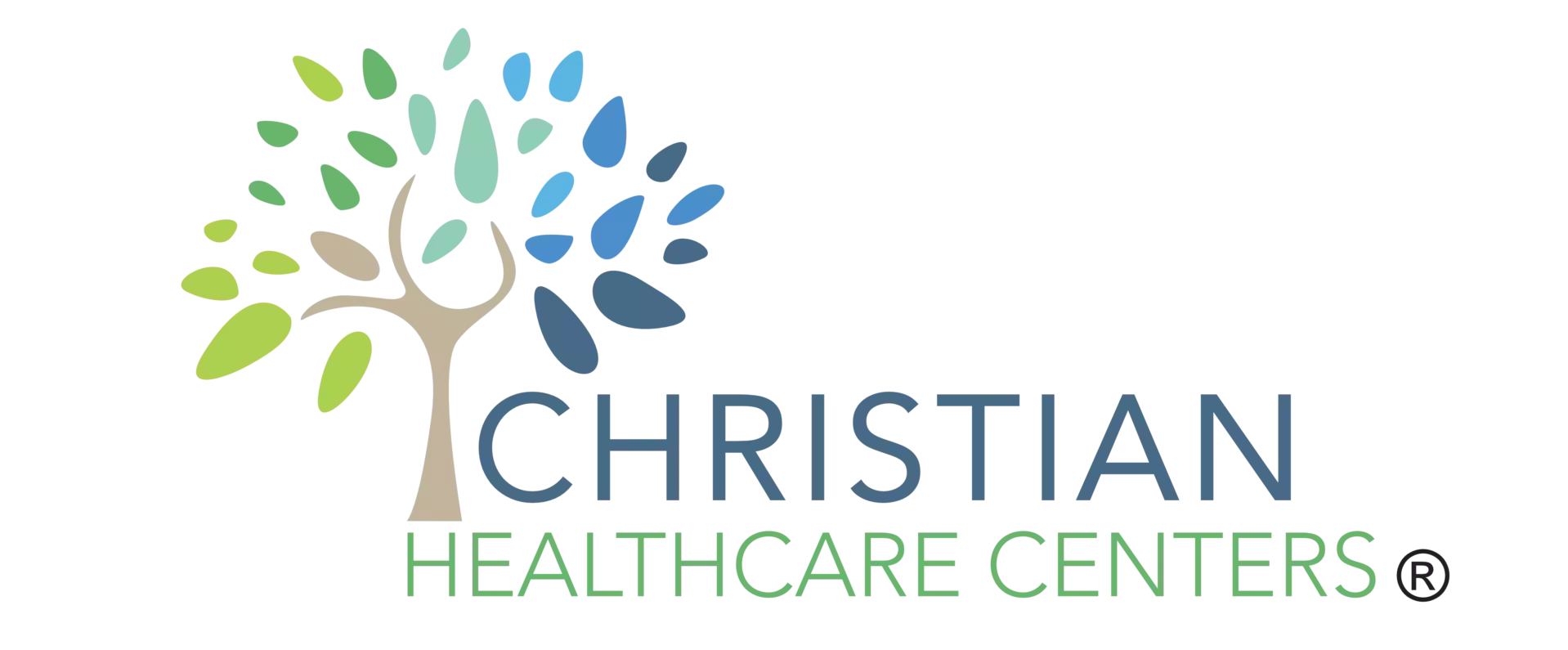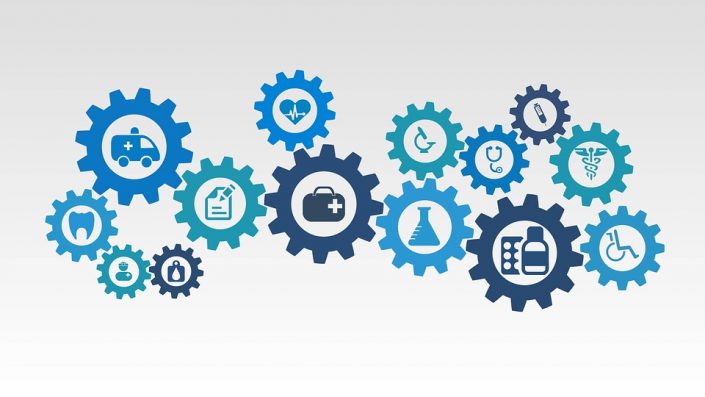Doctors always look for new and improved ways to do their jobs. Many use computers and automated machines to help diagnose diseases, administer medications, and keep patient’s healthcare information safe. There are many advantages to keeping yourself and your practice up-to-date with the changes being made in technology. Learn about these four different technologies that will improve your medical business operations.
1. Electronic Recordkeeping
Recently, the healthcare industry has undertaken a widespread adoption of the Electronic Health Record (EHR) system. Countless clinics, doctor’s offices, and hospitals are going paperless by replacing paper records with electronic versions. The EHR system, in particular, makes it easier to connect a wide range of healthcare networks, allowing hospitals to transmit data about their patients within a few minutes. The trend towards standardization under this EHR format is a popular one; Bell Family Dental explains that paper charting “is difficult to keep standardized” because of differences in handwriting and coding, but that electronic recordkeeping (like EHR) “eliminates this problem by using consistent charting methods that are accurate and precise… Digital charting standardizes the charting process so it is clear, easy to understand, and enables us to provide on the most accurate and precise care to our patients.”
2. Remote Patient Monitoring
Remote patient monitoring technology allows doctors and nurses to monitor patients at home and outside of the hospital. The monitors consist of computers and wireless devices with sensors that are attached to the body. The information is monitored to review changes in the patient’s vital signs, heartbeats or blood pressure levels. The data is transmitted in real time, and doctors are able to communicate with patients immediately. Jon Otterstatter of Preventice Inc. says that “providers are turning to technology like remote monitoring to diagnose and treat more patients in ways that use time, money and human resources efficiently and effectively.”
3. Patient Management Software
In the last few decades, nurses have been spending an increasing amount of time doing paperwork and other administrative duties, rather than working with patients; in fact, surveys and studies show that nurses spend about a quarter of each shift specifically on paperwork. Management software is available for use by general office managers and assistants. Patient management software is designed to automate and streamline every administrative task that takes place in a healthcare facility. Users are able to manage all of the patients’ appointments, bills, and insurance claims in one database. This automation means that doctors have immediate access to patient information, and staff members have more time to focus on patient care.
4. Barcode Technology
In stores, cashiers use barcodes to learn every detail about a certain product. In hospitals, doctors scan barcodes on patients’ wristbands to view the patient’s name, identification number and medical record. They scan the labels on prescription drug packages to view the drug name, brand, description and recommended dosage. The information appears immediately on a computer and in significant detail. This method also increases the use of computers to reduce the risks of making medical errors on paper records.
In the past few decades, major improvements have been made in the area of healthcare technology. Doctors, scientists, and engineers are continuing to create new ideas that help patients and serve God. If you are managing a healthcare business, pay close attention to the innovations and include many of these ideas into your business operations.


